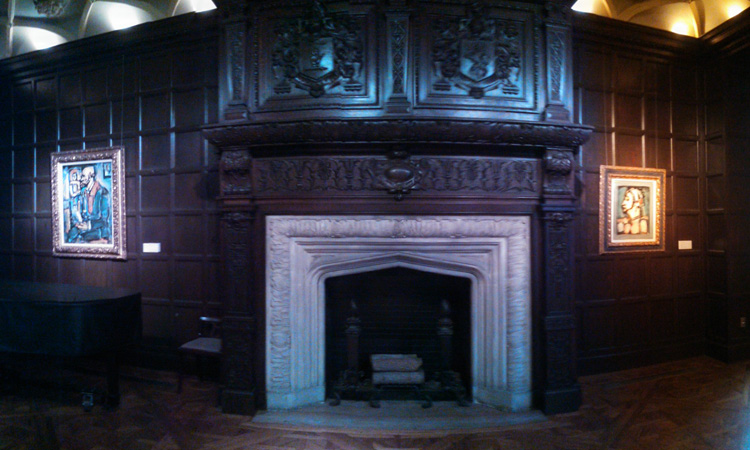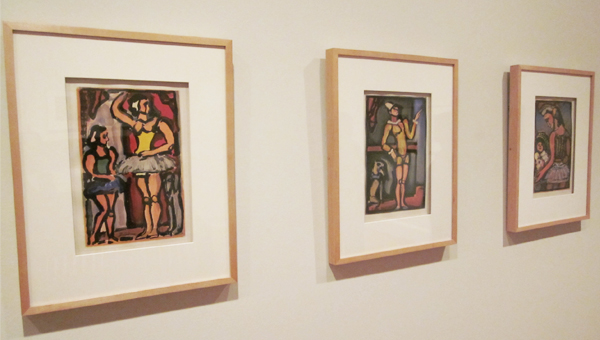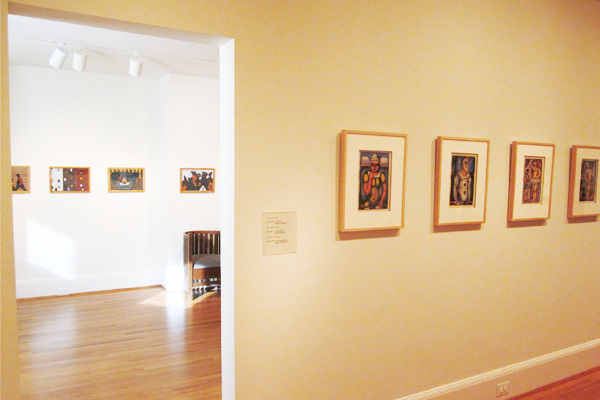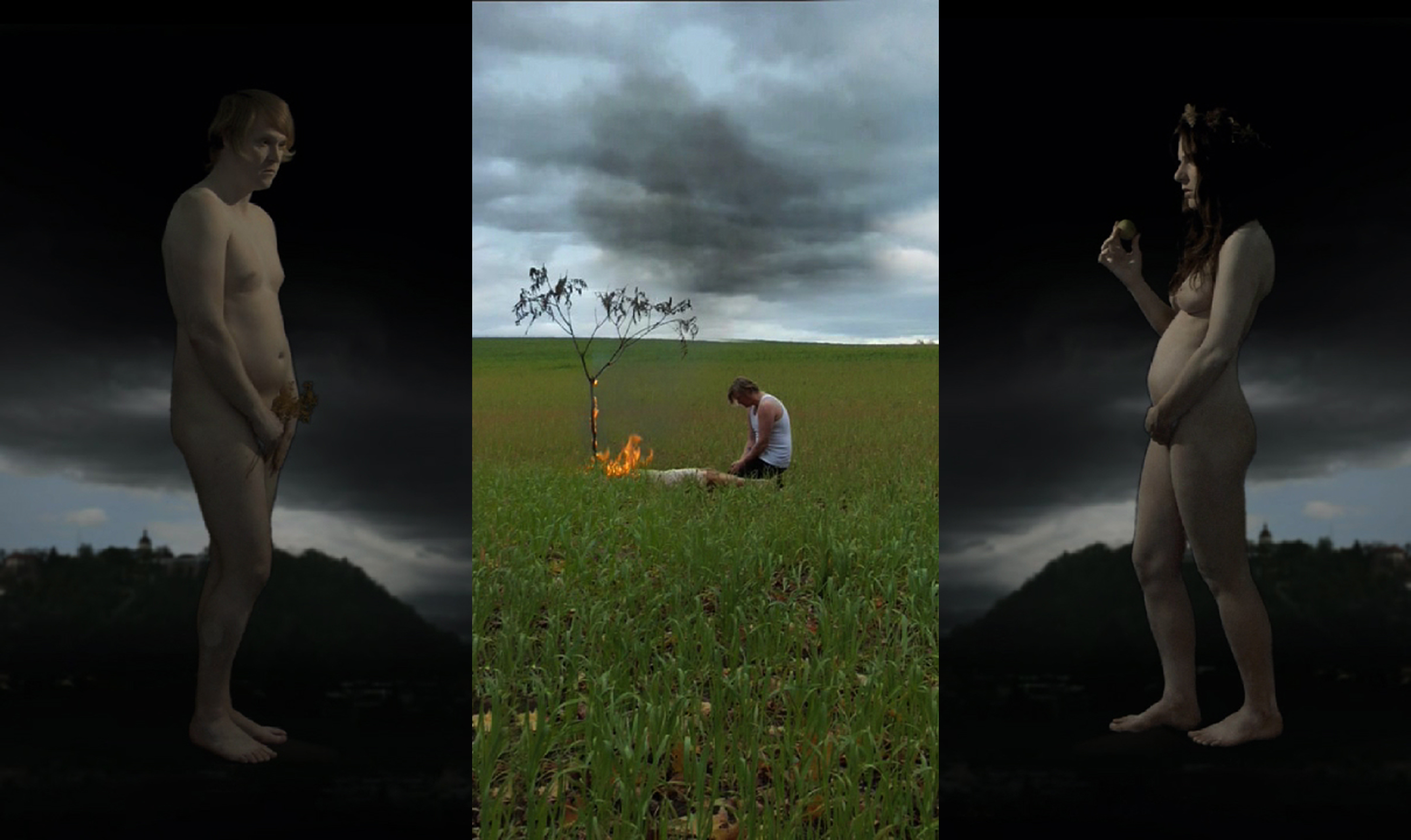One of the great things about The Phillips Collection is that even though the space is stationary, the art is not. I started my internship at the Phillips about a month ago. On one of my first journeys through the collection, I found myself staring at The Repentant St. Peter by El Greco, which was then on display in the Music Room. The dark browns of the painting’s background perfectly complemented the rich wood paneling of the room, which made the bright yellows and blues draped around the figure himself seem especially vibrant. He is a contemplative figure, filled with emotion. What a perfect fit for a Music Room—a place that can in and of itself inspire quiet and emotional contemplation, while simultaneously bursting with the vibrancy of a musical work.
Imagine my surprise, then, when I ventured back into the Music Room a few weeks later and found not St. Peter, but Georges Rouault’s Verlaine. And imagine my further surprise when I realized that that painting was also a perfect fit for this corner of the Music Room: not because of the stark background and emotive figure, but because of the brush strokes that captured an almost musical movement, and the figure that seemed like he himself was listening intensely to someone—or something—just outside of the frame. The context of a painting really can inspire an entirely new conversation about the work, and the feeling of the room itself can change depending on what is staring back at you from these walls.
Emily Hurwitz, Marketing and Communications Intern





